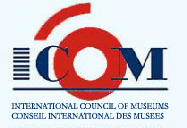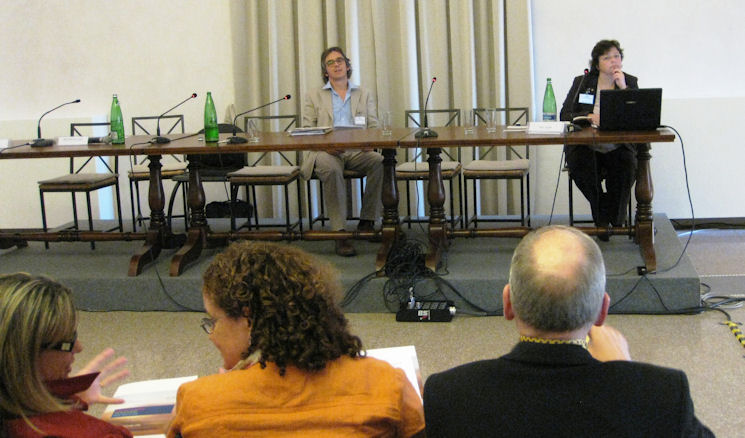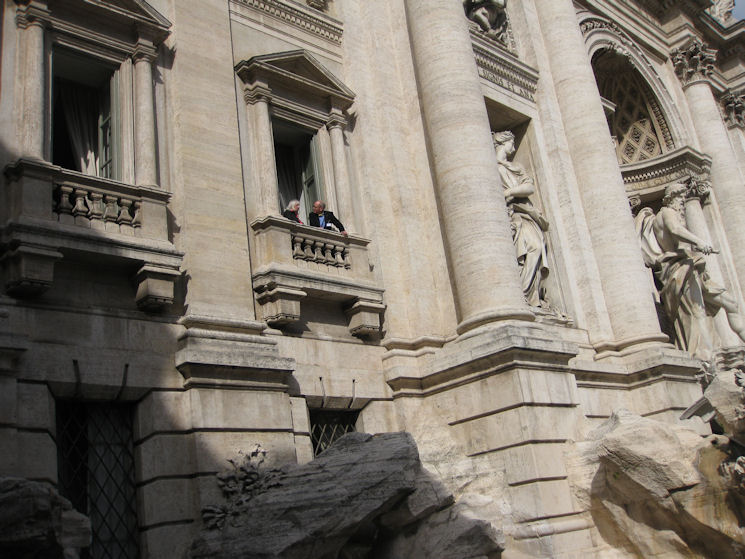 |
|
|||
|
REISERAPPORT
Anders Castus Svarstad – a Norwegian in Rome Paper presented at ICFA meeting in Rome, October 2009 There are two aspects of Svarstad’s life which are strongly connected to Rome: his art: motifs from a, for him, new metropole, and his life: meeting with Sigrid Undset. In 1908 Svarstad had the opportunity to go on a longer European voyage. The final goal for his journey was Italy, and on his way he had shorter stops in Berlin, Dresden, and Munich. He finally reached Rome on April 18th 1908. At first he stayed in an accommodation in Via Bocca di Leone no 85. He writes to his wife back home in Kristiania (Oslo): ”Here where I am staying, I can walk out on the roof and take a look down the street, not far, but it is a very interesting motif I have here. If I manage to do something about it. It is rather difficult as long as I live on the 5th floor and get a complicated perspective.” […] ”I have done a pencil sketch for a painting from my balcony, or the roof, I have no balcony to my room, but admission to a huge terrace, actually a roof, level and with a fence.” In spite of the problems, he finished the painting with the ”complicated perspective” in the autumn. The central part of the painting is showing a group of red-dressed persons, called ”gamberi” by professor Per Jonas Nordhagen. In front of the group we can see Via Condotti, only missing the music as told in the opening scene of the novel Jenny by Svarstad’s future wife Sigrid Undset. “The music surged up the Via Condotti just as Helge Gram turned onto the street in the twilight. It was The Merry Widow, played at a preposterously fast tempo, making it resound like a wild fanfare.” Svarstad’s style and expressions are rather traditional, as we can see in the painting. He was never into modernism, and was looked at as rather old fashioned by his contemporary Norwegian artists, who had a more positive attitude to the new directions in art. While in Rome Svarstad visited several of the museums in the city; Galleria Colonna, Museo Terme di Diocletian, Forum Romanum and of course all the big churches. But after all he is not content with his stay in Italia. He writes to his wife: ” […] I am in a bad mood, have been all the time here in Rome. It is difficult because I can’t work. I am a bit limp, and have sometimes a very strong headache. It doesn’t exactly hurt, but I cannot work, haven’t done anything.” Svarstad made a trip to Naples, Amalfi and Ravello. From Naples he writes to his wife: ”The last time I was outdoors, a crowd of boys started to throw rotten fruit at me, but it is OK as long as they don’t throw stones. Well, it was in the poor area […]” From his stay in Naples we know the painting Palonetto Sta. Lucia, where he is describing a narrow and rather steep street with steps all the way. There is a rich street life, and Svarstad is showing all kinds of activities, such as a butcher’s shop, washing-lines, quarrels, and sending groceries up to 3rd floor in a basket. All in all a crowded painting, also including scenes of humoristic character. In December 1909 Svarstad celebrated Christmas in Rome, staying in Via Frattina 138. One of the other residents in the same lodging was a young, Norwegian writer, Sigrid Undset. Of course they fell in love, of course they couldn’t get enough of each other, of course she admired his paintings, of course he wanted to give up on his family in Norway and get a divorce, and of course Undset uses features from Svarstad and his art in her novel Jenny, that she is writing during her stay in Rome. The main character in the book, Jenny is a young Norwegian painter, staying in Rome with Scandinavian friends and colleagues. Undset is describing one of the characters in her book, the painter Gunnar Heggen,: ”Quell’Heggen, con le grosse laddra rosse.” As we can see in Torstein Torsteinson’s portrait of Svarstad from 1899, he is a good match to Undset’s description of Heggen. One of the other characters in Jenny, Fransiska, is looking for jewellery in the Roman fleamarkets and small shops. She has fallen in love with some corals, and although she has almost no money she buys them: “’oh, come here, Cesca, let me see’ Jenny sat up in her bed. Fransiska placed the lamp on the nightstand and slowly turned in the light. She had put on a white lace blouse with her green skirt and slung a bronze-colored silk scarf with peacock-blue stripes around her shoulders. Around her neck hung the double row of big, deep-red corals; long polished earrings dangled against her golden-white skin. Smiling, Fransiska pushed her hair aside to show that they were tied around her ears with a piece of darning thread.” May that have been Undset’s own jewellery? If we look at Svarstad’s painting of Undset, made after they had returned to Kristiania (Oslo), we can see how they match the description in the novel. 1911 became an important year for Svarstad with several of his best paintings, but also for his young author-sweetheart Undset. She published her novel Jenny. This story about the young female artist who involved herself in an affair with an older married man, and finally committed suicide, was very much talked about at the time. During her work with the novel, she had of course been in a dialogue with Svarstad concerning the content. And Svarstad was not only content about the novel; I think he thought it a bit too sentimental. Undset became a famous writer, specializing in historical themes. For the novels about Kristin, the daughter of Lavrans, she won the Nobel Prize of literature in 1928. In June 1912 Svarstad and Undset got married, and they set off towards Rome on their honeymoon. On their way they had stops in London, where Svarstad confirmed his status as a ”city-scape-painter” with several motifs from the Thames. The newly wed came to Rome, ”their town”, and they stayed in the same lodging as where they met, Via Frattina 138. On the 24th of January 1912 their first son was born, named Anders Castus jr. Svarstad painted again from his beloved city: and this time with new characters. In the foreground of his painting Terrace in Rome, we can see the nanny, and the background is the sight from Via Frattina towards the church S. Trinita dei monti and La colonna del dogma del L’immacolata Concezione. The couple in the background is Svarstad and Undset. In the basket next to the nanny, is their little son. With Svarstad’s, and Rome’s, typical greyish-bluish sky, the characteristic colours of the houses and roofs we recognize the eternal city of ROMA. ROMA as Svarstad and Undset experienced it, and as we more or less can meet with it today. After some weeks in their small and rather uncomfortable little apartment in Via Frattina 138, Svarstad and Undset’s little son became very ill, and Sigrid Undset and little Anders went back to Norway on their own. Svarstad stayed in Rome, to finish his painting. He had made some sketches and several preliminary works for this painting. One, now belonging to the art museum at Lillehammer, is without persons. The view and the section is more or less the same. He has also used photographies for parts of the motif, as we can see in fig. 3. Svarstad’s Terrace in Rome, is regarded as his main work. He has, in this painting made a perfect symbiosis of the city he loved, and the new, happy family. In it we can see his affection for the eternal town, and also a glimpse of his private life with his young wife and newborn son. The painting is a very good example on Svarstad’s use of colour, at his best. Also the perspective he has managed, using the building and architecture as helplines. As we have heard, the perspective could be a challenge. Even so he took the challenge again and again. And in several of his townscapes he is diving into a wonderful world of details, such is in Palonetto Sta. Lucia. Svarstad came back to Rome after almost 20 years, right after he had divorced Sigrid Undset. No paintings exist from this stay in Rome, but he went further south to Sicilia, and made some interesting paintings from Palermo, and Monte Ciccio. |
 Italienske arrangører hadde ikke helt tatt høgde for at oversetting tar tid. Så da det kom til min tur i programmet, og teknikken ikke virket umiddelbart, så ble det ikke tid til mitt innlegg. Her mens vi venter – Stephen Lloyd, leder av ICFA og undertegnete. Foto: ©Anne Aaserud |
 Utsikt fra konferanselokalene, noen som kjenner seg igjen? Foto: ©Anne Aaserud |
| ▲ til toppen Tilbake til reiserapporter 2009 |